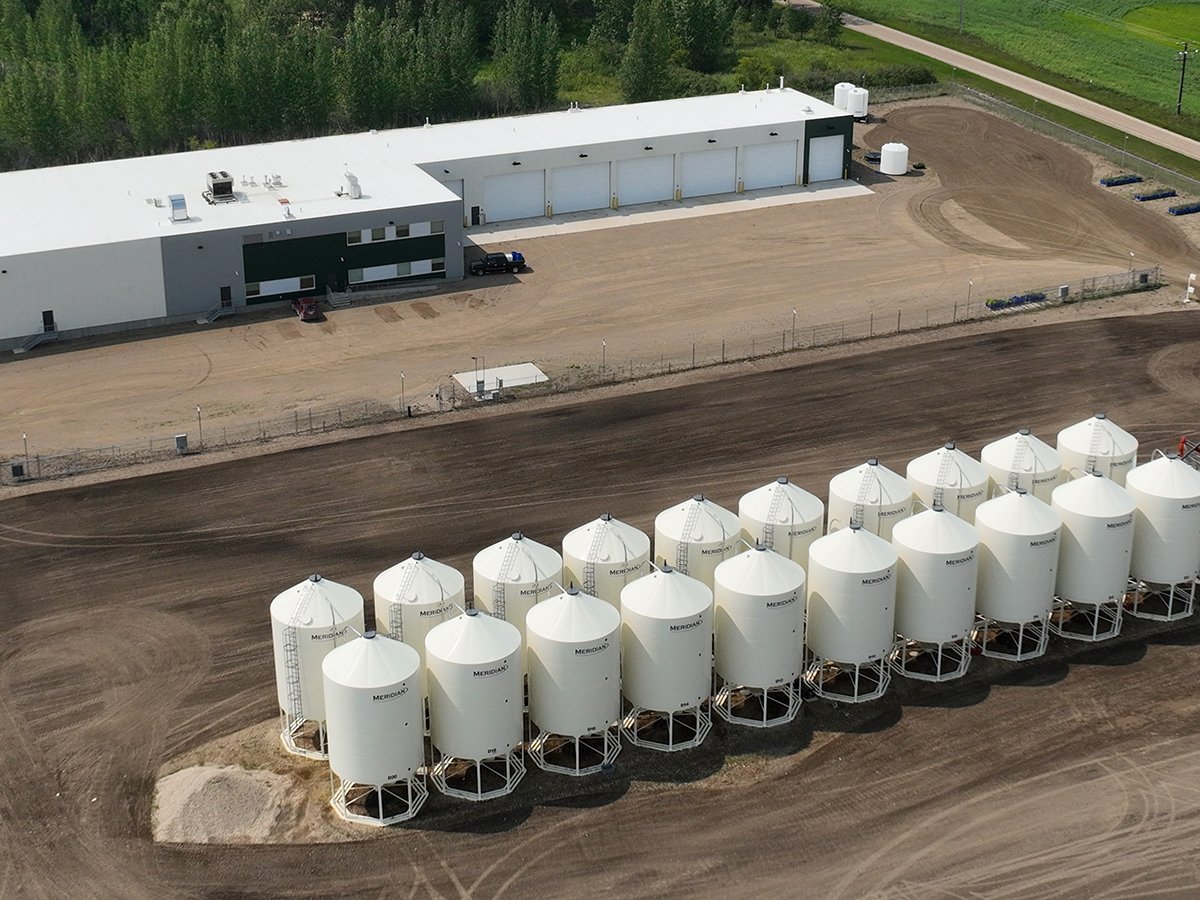The world could soon be awash in chickpeas, says a pulse market analyst.
India has announced its minimum support prices (MSP) for its rabi or winter crop and it is clear the government is intent on substantially boosting pulse acres to make up for the disappointing kharif or summer crop plantings.
“The chickpea (MSP) is a very, very large incentive,” said Chuck Penner, president of LeftField Commodity Research.
The subsidy amounts to $591 US per tonne, up from $466 per tonne last year. Penner said that is below current market prices but provides growers with a handsome floor price for their production.
Read Also

Saskatchewan firm aims to fix soil with compost pellets
In his business, Humaterra, Leon Pratchler is helping farmers maximize yields in the weakest areas of their fields through the use of a compost pellet.
“I’m nervous that Indian farmers are really going to ratchet up their chickpea production,” he said.
And that appears to be the case. Growers have planted 11.13 million acres of pulses as of Nov. 11, which is 22.3 percent ahead of last year’s pace.
Chickpea plantings are up 80 percent over last year in Madhya Pradesh and 65 percent in Rajasthan, the two biggest chickpea growing states.
Penner is nervous about the potential for a big Mexican chickpea crop.
Mexican farmers are seeding their winter crop under bone dry conditions, which means they will likely want to avoid water intensive corn in favour of a drought tolerant crop like chickpeas.
“That’s a real warning signal,” said Penner.
“We’ve probably seen the top of the market for chickpeas, so don’t wait around too long to market whatever you have left.”
The potential for a big global chickpea crop has ramifications for Canadian yellow pea growers as well, since peas are a good substitute for chickpeas in India, the world’s largest pulse market.
Penner said it may lead to a sideways pattern in pea prices but he doesn’t expect prices to collapse due to the small Canadian harvest and quick pace of exports.
“It’s a bit of a warning against people who think that the market will always keep rising,” he said.
Supply is a much bigger problem for lentil growers.
“That’s kind of the big issue that has been keeping a lid on things,” said Penner.
Agriculture Canada expects the 750,000 tonnes of carryout from the 2010-11 crop to blossom to 850,000 tonnes by the end of this crop year.
Australian farmers are expected to harvest 303,000 tonnes of lentils, rivaling last year’s record 306,000 tonne crop and well above the five-year average of 135,000 tonnes.
That gives buyers like India, Bangladesh, Pakistan and Sri Lanka the peace of mind to wait out the market a little bit more than they would if Australia was harvesting a small crop.
“The Turkish demand has really kept the market supported. Otherwise I think we’d be in a lot more trouble,” said Penner.
The good news is that the U.S. lentil crop fared worse than many expected. Harvested acreage was 32 percent smaller than last year and yields were below the long-term average.
“That was a bit of a surprise. That helped support the green lentil side of the market a little bit,” he said.
The other bit of encouraging news is that while rabi pulse acres are likely rising in India it won’t necessarily be due to lentils. But good moisture and yields could make up for fewer acres.















